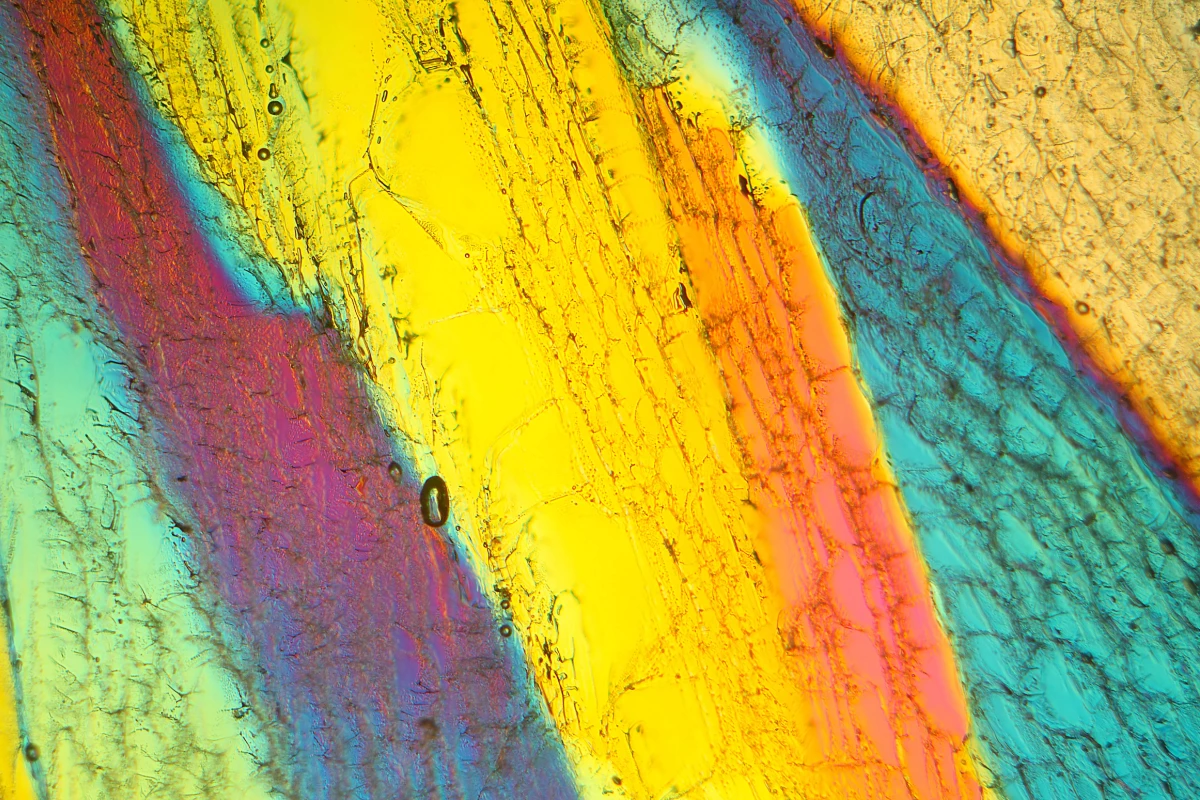Researchers at the Korea Research Institute of Standards and Science (KRISS) have unveiled a groundbreaking discovery: a new form of ice known as ice XXI. This exotic ice can form at room temperature under specific high-pressure conditions, challenging the conventional understanding of how ice behaves.
Traditionally, ice is recognized simply as frozen water, but it can take on more than 20 different crystalline structures, each with unique properties. The latest discovery adds to this complex family, providing insights into water’s behavior in extreme environments, such as icy exoplanets and the deep Earth.
In a recent study, scientists employed innovative techniques involving diamond anvils and X-ray lasers to create high-pressure conditions for ultra-pure water. They observed multiple freeze-melt cycles rather than a straightforward transition to ice. This unusual behavior led to the formation of ice XXI, which displays a distinct atomic structure in comparison to other ice types, including the well-known ice VI.
Understanding the Formation of Ice XXI
The research team, led by Geun Woo Lee, found that ice XXI emerges at a pressure of around 1.6 gigapascals, exhibiting a body-centered tetragonal crystal structure. This new form is metastable, meaning it can persist for a period even though it is not in a stable state.
“Rapid compression of water allows it to remain liquid at higher pressures, where it should have already crystallized to ice VI,” explained Lee. This finding suggests that under extreme conditions, water behaves in ways not previously understood, offering new avenues for research into icy planetary bodies and their potential for hosting life.
To capture the intricate process of water transforming into ice XXI, researchers utilized high-speed cameras and laser-based sensors. They meticulously adjusted the pressure rhythm, employing an uneven triangle pattern to synchronize with the freezing process. Two types of detectors monitored the transformation at different speeds, revealing how water molecules interacted as they transitioned into ice.
Implications for Future Research
The research indicates that water does not freeze in a singular manner but instead follows multiple pathways to crystallization. Lee highlighted that the unique X-ray pulses from the European XFEL enabled the identification of at least five distinct crystallization routes for water.
Another team member, Rachel Husband, remarked that the findings hint at the existence of a broader range of high-temperature metastable ice phases. This could significantly enhance our understanding of the composition of icy moons and other celestial bodies.
The study detailing these findings has been published in Nature Materials, marking a significant milestone in the field of materials science. The implications of ice XXI extend beyond theoretical interest; they may influence how scientists approach the study of water in extreme environments and the quest for extraterrestrial life.
As researchers continue to explore the properties of this new ice form, the potential applications and insights into planetary science remain vast, paving the way for future discoveries in the fascinating world of water and ice.






